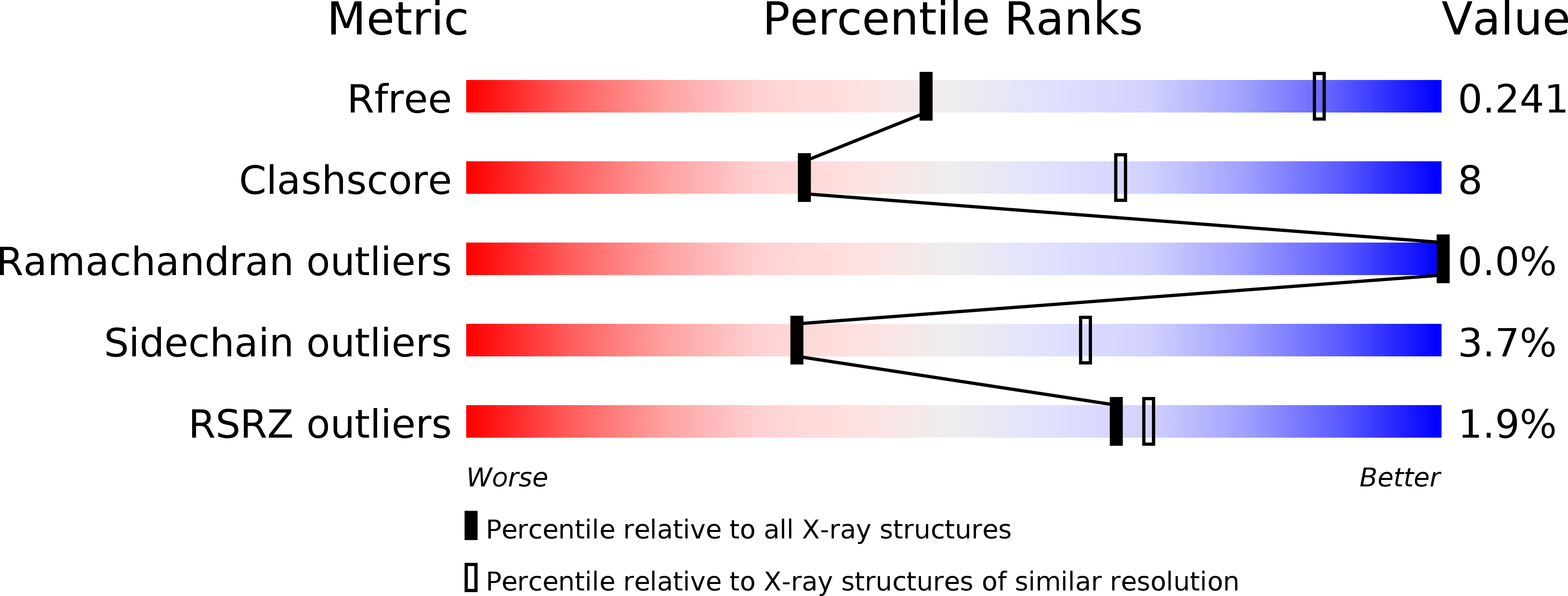
Deposition Date
2013-09-16
Release Date
2014-05-07
Last Version Date
2025-08-13
Entry Detail
PDB ID:
4MQ9
Keywords:
Title:
Crystal structure of Thermus thermophilus RNA polymerase holoenzyme in complex with GE23077
Biological Source:
Source Organism:
Thermus thermophilus (Taxon ID: 300852)
Actinomadura sp. (Taxon ID: 1989)
Actinomadura sp. (Taxon ID: 1989)
Host Organism:
Method Details:
Experimental Method:
Resolution:
3.35 Å
R-Value Free:
0.24
R-Value Work:
0.21
R-Value Observed:
0.21
Space Group:
P 65


